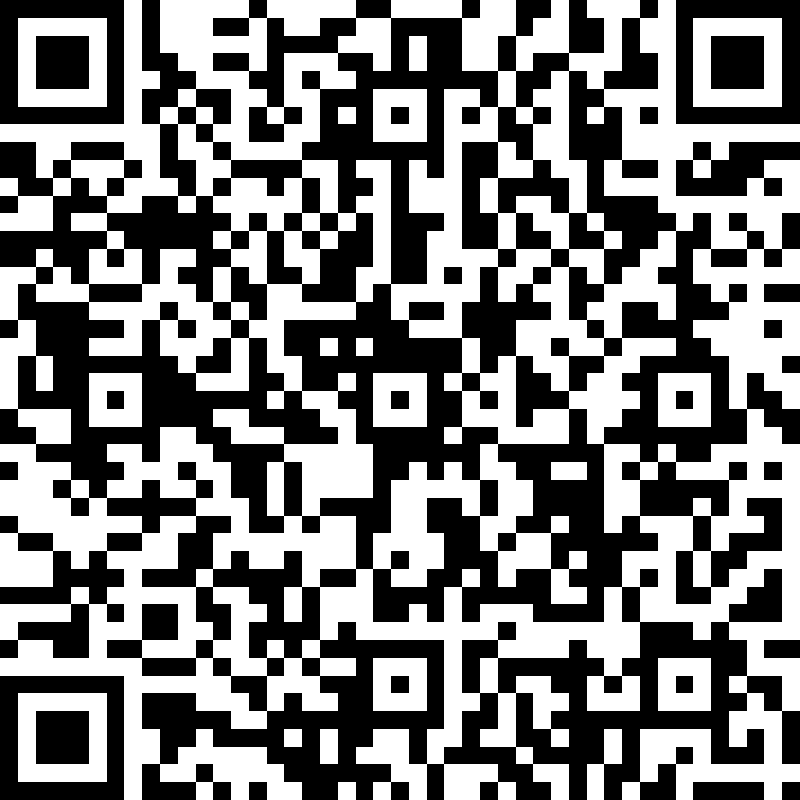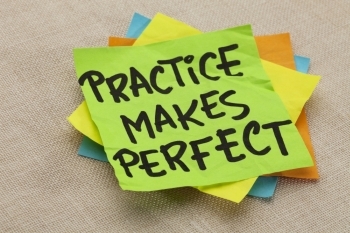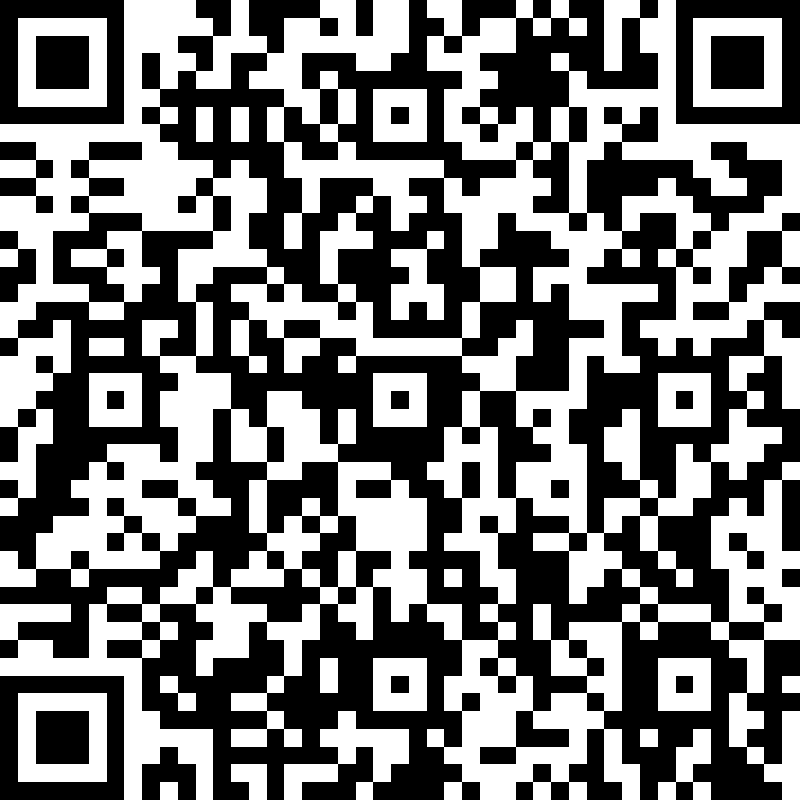Het arrangement Time, Questions, Negatives, America is gemaakt met Wikiwijs van Kennisnet. Wikiwijs is hét onderwijsplatform waar je leermiddelen zoekt, maakt en deelt.
- Auteur
- Laatst gewijzigd
- 22-11-2020 11:40:33
- Licentie
-
Dit lesmateriaal is gepubliceerd onder de Creative Commons Naamsvermelding 4.0 Internationale licentie. Dit houdt in dat je onder de voorwaarde van naamsvermelding vrij bent om:
- het werk te delen - te kopiëren, te verspreiden en door te geven via elk medium of bestandsformaat
- het werk te bewerken - te remixen, te veranderen en afgeleide werken te maken
- voor alle doeleinden, inclusief commerciële doeleinden.
Meer informatie over de CC Naamsvermelding 4.0 Internationale licentie.
Aanvullende informatie over dit lesmateriaal
Van dit lesmateriaal is de volgende aanvullende informatie beschikbaar:
- Toelichting
- A lesson about telling the time, making questions and negations with the help of the verb 'to do' and an explanation about the American School System.
- Leerniveau
- VMBO kaderberoepsgerichte leerweg, 1;
- Leerinhoud en doelen
- Luisteren naar tv, video- en geluidsopnames; Engels; Dagelijks leven; Luisteren en kijken; Schrijven; Vrij schrijven (Engels);
- Eindgebruiker
- leerling/student
- Moeilijkheidsgraad
- gemiddeld
- Studiebelasting
- 2 uur 0 minuten
- Trefwoorden
- american school, making questions, negatives, telling time
Bronnen
| Bron | Type |
|---|---|
|
https://youtu.be/3icBxO6Wjz0 https://youtu.be/3icBxO6Wjz0 |
Link |
|
Tell the Time in English - video https://youtu.be/3icBxO6Wjz0 |
Video |








